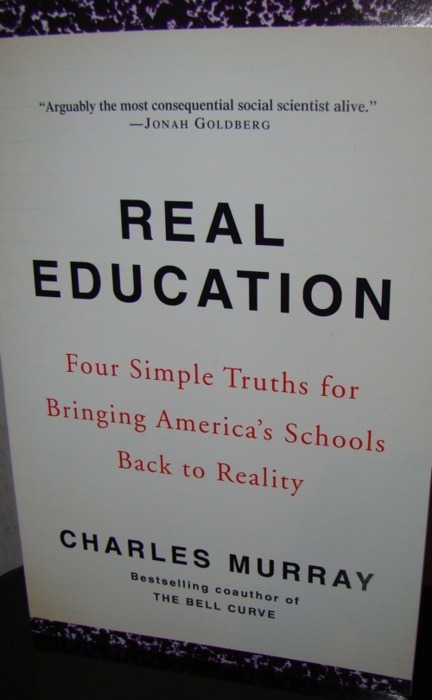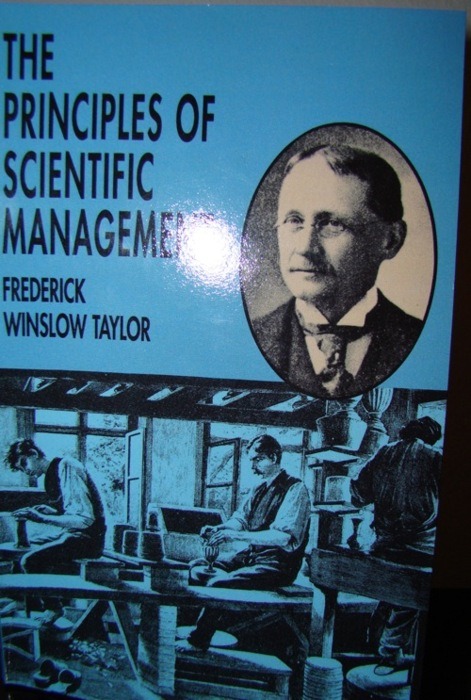Yes, one of this content free summaries about previous read books – but I think it would be nice if you had a small reading lists with some great books.
Best of Marketing
Ice to the Eskimos
Probably to most creative marketing ideas I’ve ever read about. Jon Spoelstra has excellent writing skills, it’s so much fun to read this book even if you’re not into basketball. He’s probably what you think a marketing guy should be. Creative, uncommon and full of power. If you want to read about marketing that stands out of common marketing then this is the book for you!
Not as loud as Ice to the Eskimos but filled with love and thought about your customers. Show love to your customer and he will probably learn to love you. I think this book is ideal if you work in some sort of service industry where you have direct contact to your customers. But even if you build some product, you can learn a lot about how to please your customer and why pens as advertising gifts probably won’t work.
Best of Organization
The E-Myth
Probably one of the most important books if you got more than one employee. Micheal E. Gerber shows you how you can organize your company so that you don’t have to work in the company but you can work on the company. This book is so full of useful ideas and their implementations that you probably won’t be disappointed.
One could say that Built To Sell is a unofficial sequel to The E-Myth. John Warrillow tells this excellent story in this book about a guy who has a advertising company and he wants to sell it. Like The E-Myth this book shows how to make yourself dispensable in your company – and so got more time for other important things. Awesome book, even if you never will sell your company.
Best of Entrepreneurship
Running Lean
The best book, I read, about customer development. Ash Maurya explains demonstrates colorful how to find markets, test your ideas and track your objectives. Furthermore, the book is neatly organized and quite short. If you want to start a company then Running Lean should be on your reading list.
Best of Management
Rework
A book for people how value quality over quantity. The guys from 37signals explain their business philosophy in Rework and it’s excellent. It’s a down to earth approach on running a business – work less, but better – stay simple – hire reasonably. A magnificent book for small and medium sized business owners or new entrepreneurs.



